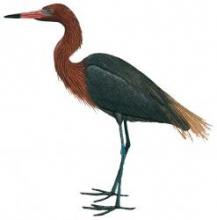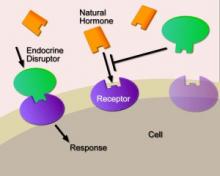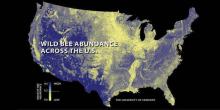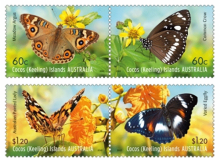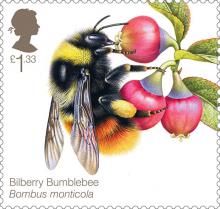
A latency period preceding neurotoxicity is a common characteristic in the dose-response relationship induced by organic mercury. Latency periods have typically been observed with genotoxicants in carcinogenesis, with cancer being manifested a long time after the initiating event. These observations indicate that even a very small dose may cause extensive adverse effects later in life, so the toxicity of the genotoxic compound is dose and time-dependent. In children, methylmercury exposure during pregnancy (in utero) has been associated with delays in reaching developmental milestones (e.g., age at first walking) and decreases in intelligence, increasing in severity with increasing exposure. Ethylmercury exposure from thimerosal in some vaccines has been associated, in some studies, with autism and other neurological disorders in children. In this paper, we have examined whether dose-response data from in vitro and in vivo organic mercury toxicity studies fit the Druckrey-Küpfmüller equation c·tn = constant (c = exposure concentration, t = latency period), first established for genotoxic carcinogens, and whether or not irreversible effects are enhanced by time of exposure (n≥ 1), or else toxic effects are dose-dependent while time has only minor influence on the adverse outcome (n < 1). The mode of action underlying time-dependent toxicity is irreversible binding to critical receptors causing adverse and cumulative effects. The results indicate that the Druckrey-Küpfmüller equation describes well the dose-response characteristics of organic mercury induced neurotoxic effects. This amounts to a paradigm shift in chemical risk assessment of mercurial compounds and highlights that it is vital to perform toxicity testing geared to investigate time-dependent effects.

